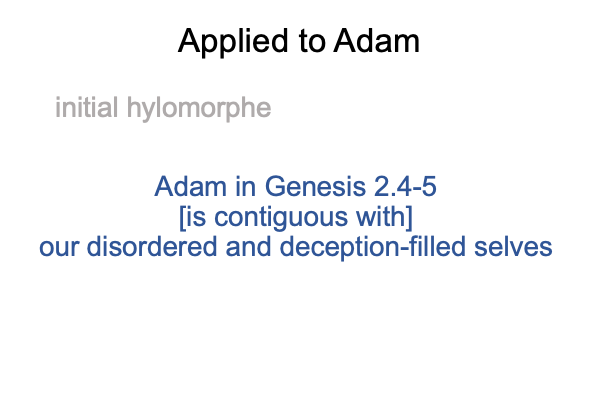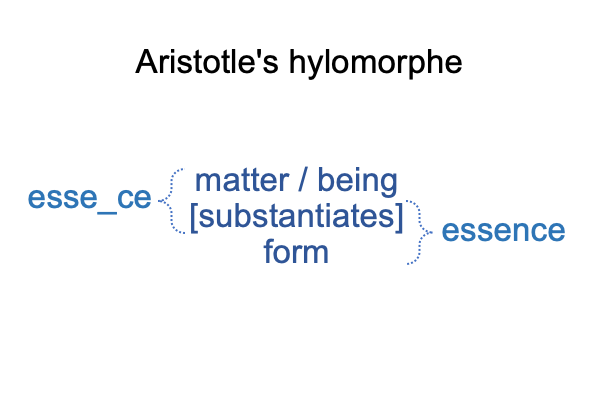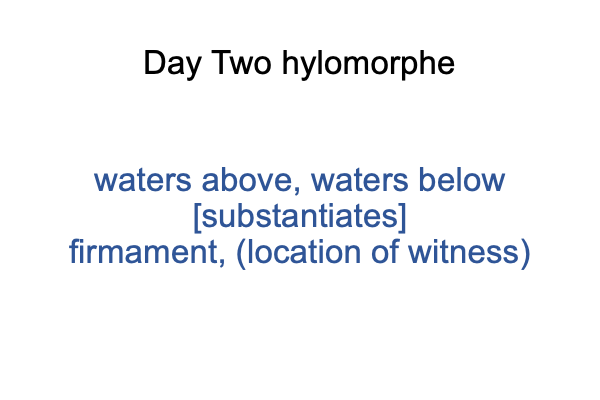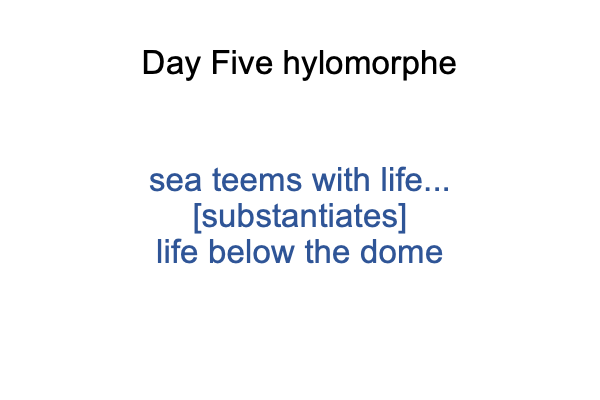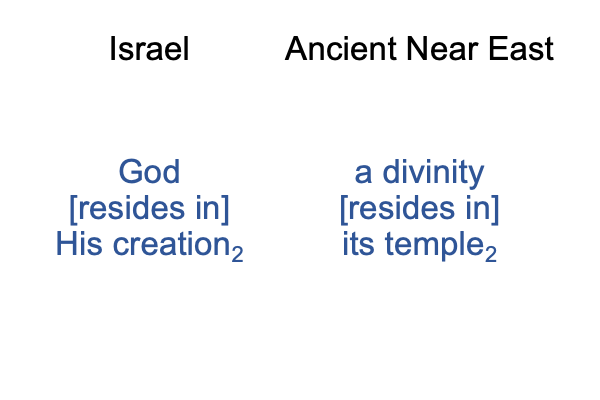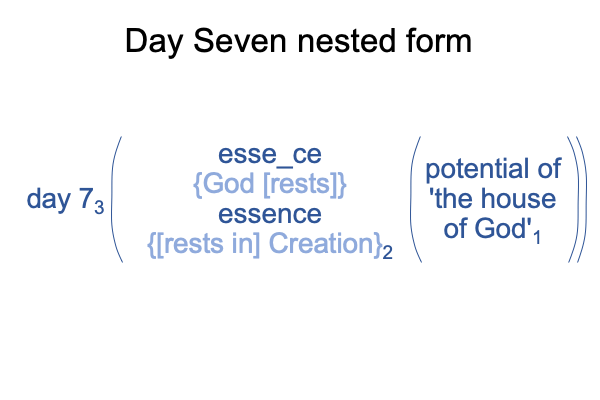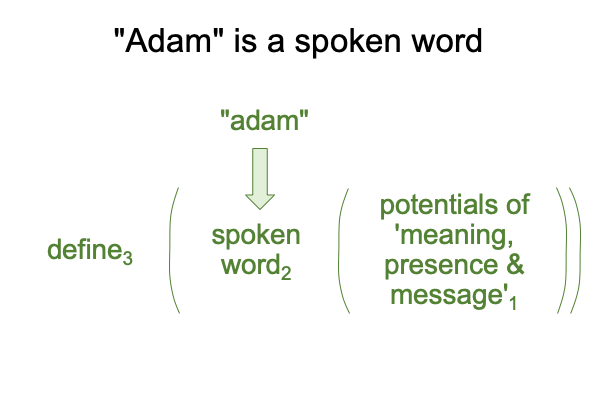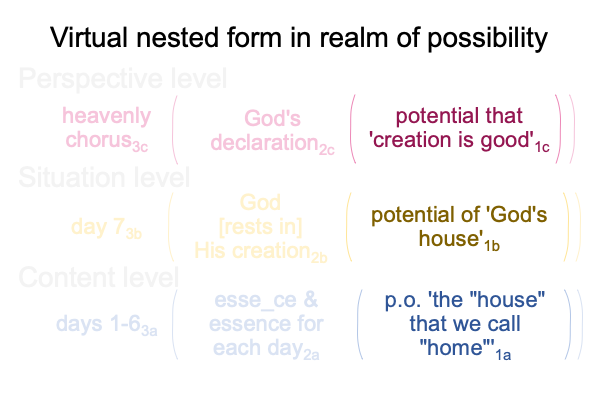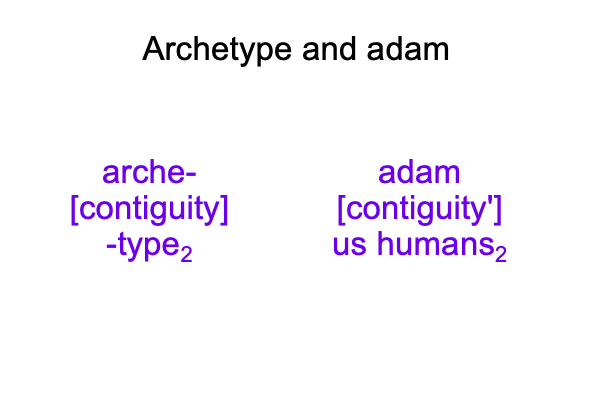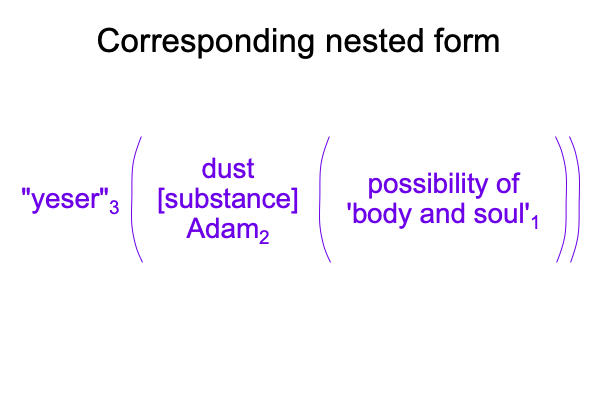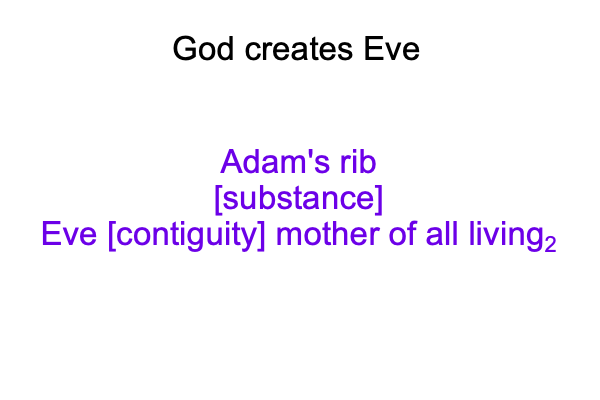Looking at William Lane Craig’s Book (2021) “In Quest of the Historical Adam” (Part 21 of 21)
0112 This is the last blog concerning this particular book. I post this blog first, because WordPress places the latest blog closest to the top for each month. Chronologically, the first blog in a series appears last on the month’s list and the last blog eventually appears first. There is a certain logic to this, which I appreciate and adjust my posts accordingly. My goal is to limit my examinations to one-month duration.
0113 I summarize.
0114 First, Part Three of Craig’s book associates to Genesis 1:26, the intention of man. The time frame corresponds to the period after the domestication of fire and before the speciation of anatomically modern humans. Our religious sensibilities evolve during this period, as discussed in the e-masterwork, The Human Niche.
0115 Second, Part Two of Craig’s book attempts to define Genesis 2:4-11 as mytho-history. The attempt turns Craig’s definition into an inquiry concerning the first singularity. The first singularity associates to the start of the Ubaid culture of southern Mesopotamia. The hypothesis of the first singularity explains why our current Lebenswelt is not the same as the Lebenswelt that we evolved in. The consequences of the first singularity are captured by the stories of Adam and Eve. This is a theme in the e-masterwork, An Archaeology of the Fall, by Razie Mah, available at smashwords and other e-book venues.
0116 Third, Part One of Craig’s book sets a path to a category-based nested form, defining3 the stories of Adam and Eve2as emerging from (and situating) Jewish covenantal history (meaning1), the ancient Near East and Genesis 1-11 (presence1), and the notion that Adam originates humanity’s tragic flaw (message1). The categorical structure of definition is introduced in the e-masterwork, How to Define the Word “Religion”.
0117 Fourth, Part One presents ten family resemblances characterizing the term, “myth”. These family resemblances associate to all the elements in a three-tier interscope. The interscope is a relational structure, presented in the e-work, A Primer on Sensible and Social Construction.
0118 Fifth, Part Two fills in the interscope of myth with the ten family resemblances, leading to an understanding that Genesis 2:4-11 and the origin stories of the ancient Near East pertain to the same prehistoric events and processes, occurring during the Ubaid, the Uruk and the Sumerian Dynastic archaeological periods.
0119 Sixth, Part Three fails to capitalize on the fact that both the Genesis Primeval History and the origin stories of the ancient Near East portray a recent creation of humanity. This failure follows a lacuna in the modern discipline of Anthropology, which does not envision that our current Lebenswelt is not the Lebenswelt that we evolved in.
Why does modern Anthropology not register the first singularity?
Modern Anthropology self-identifies as science. Modern Anthropology belongs to the waning Age of Ideas.
The hypothesis of the first singularity belongs to the dawning Age of Triadic Relations. Peirce’s philosophy opens a new, semiotic consciousness. That consciousness calls for a postmodern Anthropology radically different from what modern intellectuals call “postmodern”.
0120 My thanks to William Lane Craig, for demonstrating the beauty of good English prose, even while missing the mark in his quest for the historical Adam.


